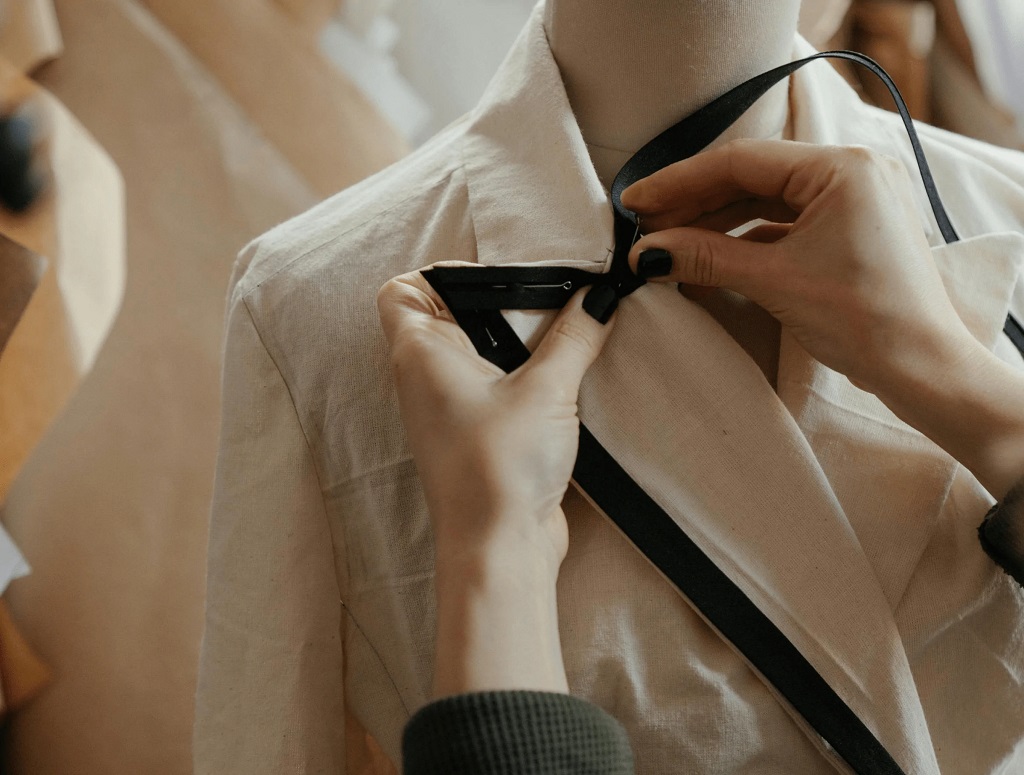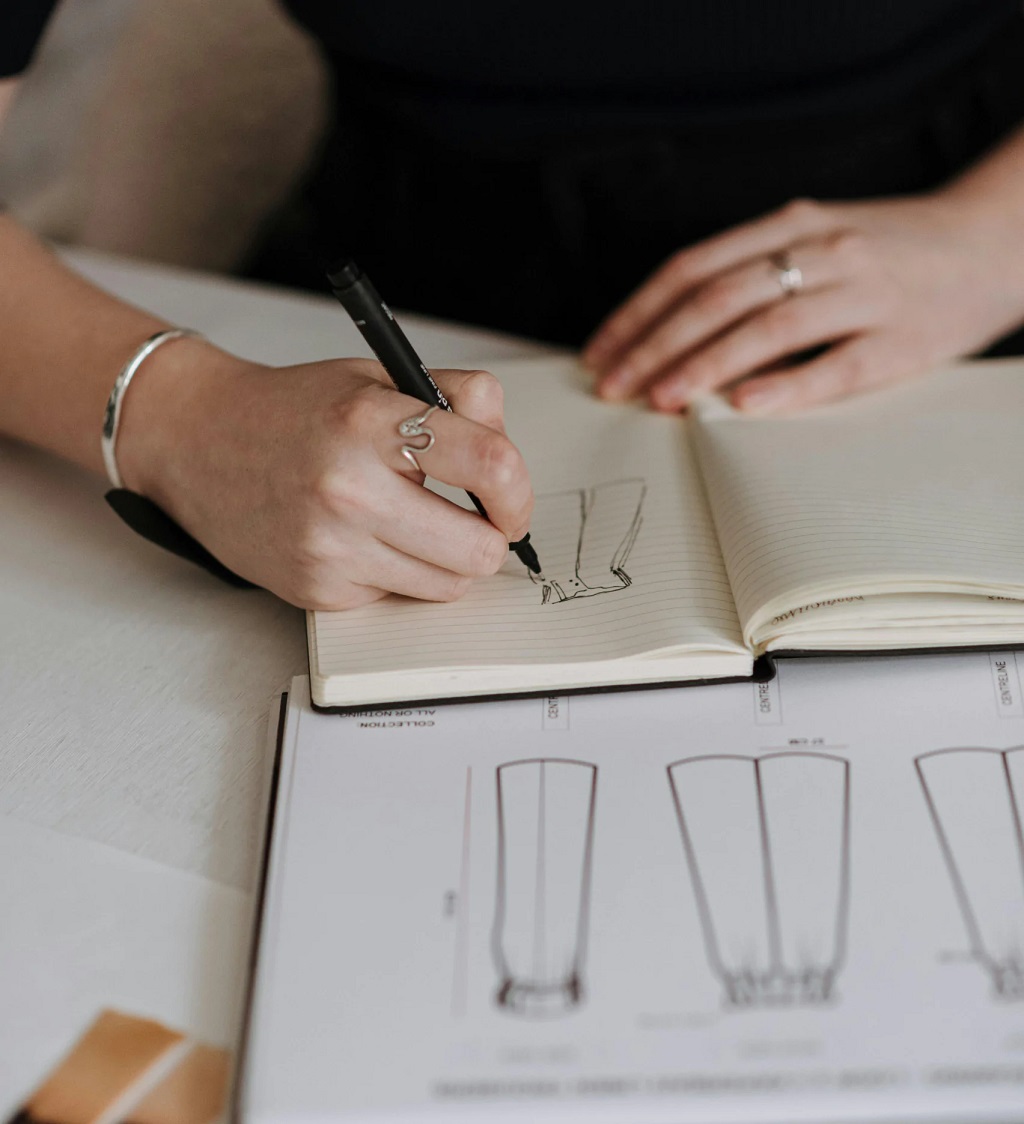SAMPLE PRODUCTION
& TESTING
As part of the product testing process, there is rapid product testing and it’s shining through in the industry. Rapid product testing allows for testing at each step of the design process in order to save time and money – essentially the product is designed in stages rather than all-in-one. This method allows for changes in each step if needed to adjust to any issues that are discovered or respond to useful feedback to improve the product before it’s even released to the market. Product testing ensures the safety, quality, and performance of the design. In order to test though, the sample has to be planned and produced based not only on the design but the small aspects as well such as the buttons, zippers, and any other embellishments. There are several tests conducted to ensure that the garment in question is up to standard such as:
Colorfast testing:
Used to determine resistance to color change of dyed or printed fabrics under various conditions. Elements like exposure to sunlight, pollution, perspiration, crocking, washing, and dry cleaning could affect the way textile colors are presented.
Tear strength test:
Tests such as the Baumann method and the Lastometer are conducted on leather goods in order to measure the “fit for purpose” performance and safety-related aspects.
Standard test method for resistance of colored leather to bleeding:
Determines if colors will bleed from the surface of the leather if it comes into contact with water. This is usually done on finished accessories like shoes and handbags.
Lightfastness test:
Important to measure to know if and to what extreme a product will discolor if exposed to daily sunlight which could affect customer satisfaction.
Wet and dry rub fastness test:
Detects if the color of the leather will rub off into other items in dry or wet conditions. Most important for handheld products or items held under the arm to avoid color transfer when rubbing against clothes.
Bursting strength test:
Determines the amount of pressure required to rupture the fabric, used on non-woven textiles such as knits, lace, and felts, and is expressed in pounds. Tests fabric strength particularly for performance wear like uniforms and sportswear.
Breaking strength test:
The test is multidirectional and is used on woven fabrics, expressed in pounds and elongation in percentage. Used to check the effects of sunlight, wear and tear, and laundering.
Piling tests:
This evaluation should consider the size, number, and visibility of the piling plus the type and degree of the surface change from the piling. Performed on knitted textiles to determine the end quality of the material and potential customer returns.
Abrasion resistance:
Tests for the resistance of the garment material when rubbed against another. Nylon which has a high breaking strength and abrasion resistance can be worn often before showing signs of wear while acetate doesn’t hold for very long due to its low abrasion resistance.













Comments
No comments yet.
More Blog
All newsOn the Wings of Hermès is not your average brand activation. It’s a free, immersive theatrical experience in a waterfront hangar, showcasing the house’s commitment to craftsmanship; not through vitrines, curatorial texts, or product captions, but through live cinema, surreal storytelling, and a good dose of whimsy. It began at The Barker Hangar in Santa […]
“Future Fashion Concepts” equips the next generation of fashion designers and creatives with the knowledge and tools to lead responsible fashion. Under the guidance of Dean of Fashion Programs Mario Braghieri, IMM faculty member Annette Felder, and her sister and business partner Daniela Felder, Istituto Marangoni Miami’s Fashion Design students explored plant-based, next-gen textiles as […]
Elegant nails used to follow a strict, easy-to-follow code. They were short, square, and painted in colors found naturally in the human body—blush pink, sheer nude, OPI’s iconic Funny Bunny—mirroring the discreet style of European royalty. But in 2025, the definition of nail sophistication has expanded. Now, the length, shape, and color of a manicure […]